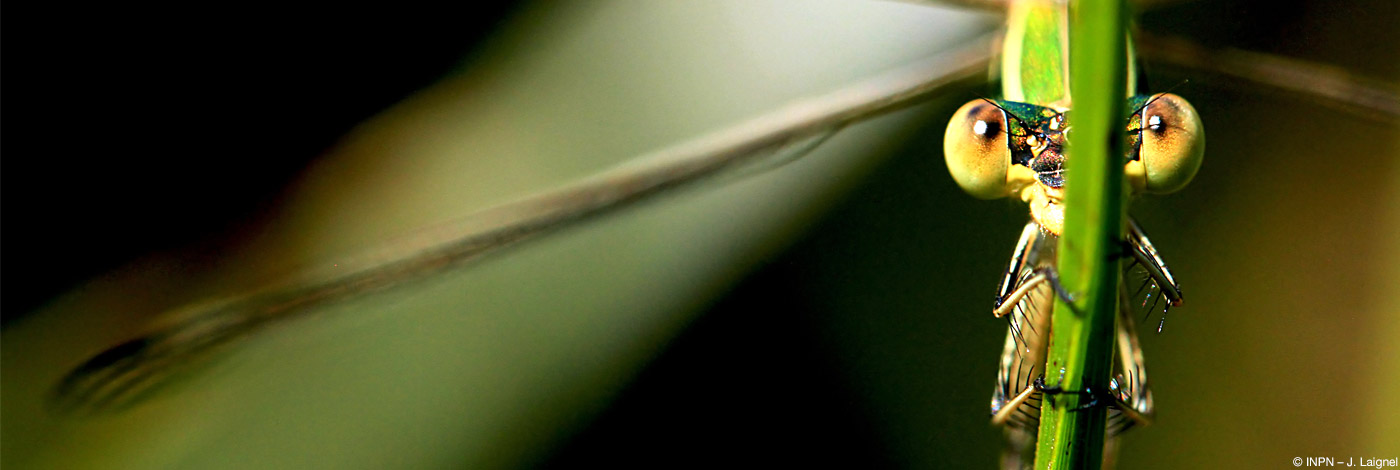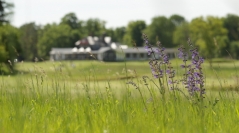


 Naturae
2019 (8) - Pages 211-232
Naturae
2019 (8) - Pages 211-232Considering the necessary ongoing maintenance operations on turf and their characteristic large playing areas, golf courses facilities are known to have an impact on the water resource and the biodiversity. More than 30 000 hectares on the French metropolitan territory are allocated to golf courses. Is it all bad news for the environment? The question of the environmental impacts of golf facilities, like other human activities, must be addressed in a global background of biodiversity erosion. Insofar as an activity responds to a strong social and economic or even societal demand, the idea is not to position oneself “for” or “against” but to guide it so that it has the least impact on the environment. Supporting the golf industry to reduce its environmental impact is a necessity. The elements described in this article show that in multiple cases, golf courses can provide additional scientific knowledge, or even become a support for the restoration or the conservation of nature. In line with this dynamic the ffgolf has recently launched on the long-term, the “Biodiversity Program for golf courses” (BPG) with the scientific and technical support of the Muséum national d’Histoire naturelle (MNHN). This program aims at encouraging partnerships between golf facilities and naturalist structures to improve the knowledge about biodiversity and foster its preservation on golf courses. Even though the BPG on its own, may not meet all the challenges of the overall golf industry, it contributes to the necessary commitment of the industry to the ecological transition. An essential engagement to preserve the future of golf, a nature-based sport.
Biodiversity, Golf and Biodiversity Program, ecological management.